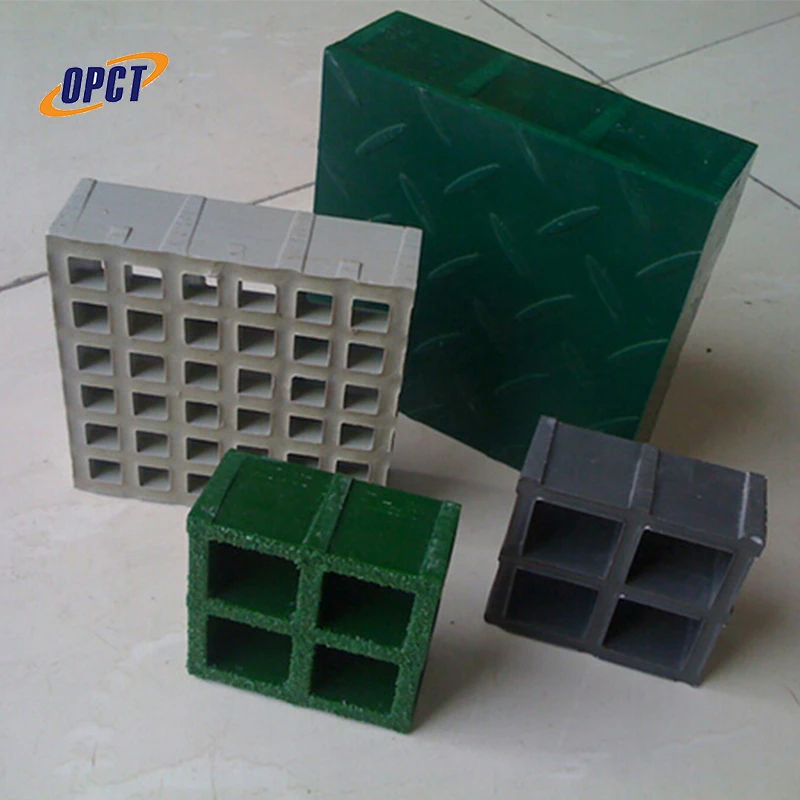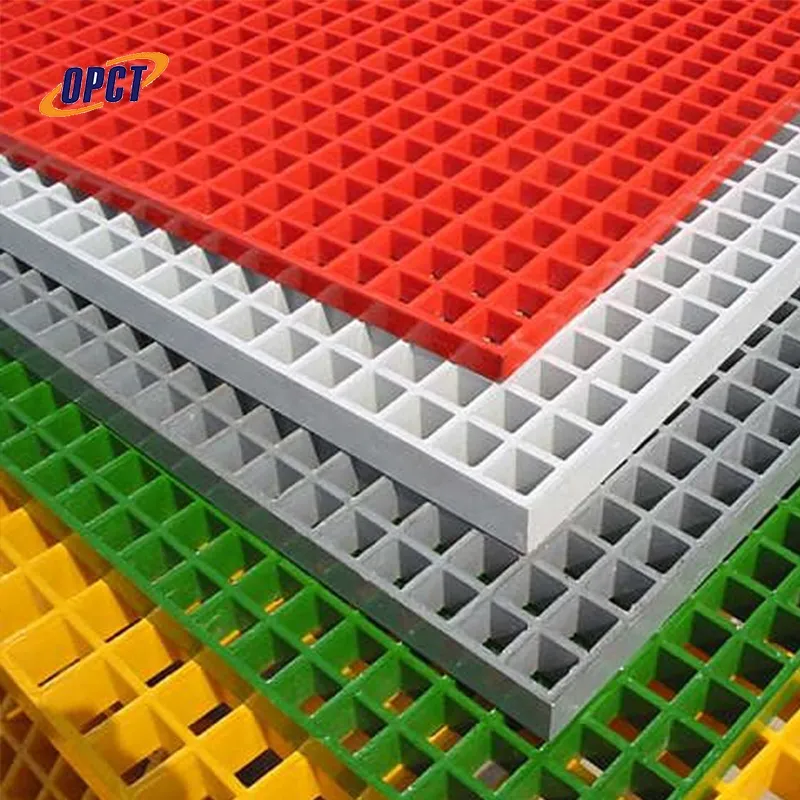The importance of selecting the right size for a GRP (Glass Reinforced Plastic) water tank cannot be overstated. Whether you're looking to upgrade your home’s water storage capacity or planning a large-scale industrial installation, choosing the appropriate size is crucial for efficiency, cost-effectiveness, and sustainability. This decision should be based on a comprehensive understanding of your water usage patterns, potential future needs, and the logistical constraints of the installation site.

One of the primary considerations when selecting a GRP water tank size is understanding the daily water consumption of the users. For residential purposes, the average person uses approximately 80-100 gallons of water per day. By calculating the expected number of users in a household and their consumption habits, you can estimate the ideal water tank capacity. For businesses or industrial sites, a meticulous audit of water usage in all processes will provide a clearer picture of your daily requirements. This data forms the foundation of your search, leading you to a size that meets both current demands and accommodates future growth or unexpected contingencies.
Beyond daily consumption, consider peak usage scenarios and emergency storage needs. The climate and seasonal variability in your region might affect water availability and should be factors in your decision-making process. For example, areas experiencing dry seasons or frequent droughts might necessitate larger storage solutions to ensure a continuous supply.

Once usage patterns have been mapped, it’s essential to delve into the specifics of GRP tanks themselves. GRP tanks are favored over metal or concrete alternatives due to their unique blend of durability, resistance to corrosion, and reduced weight. This construction material is particularly beneficial in environments that are prone to chemical exposure or areas requiring stringent hygiene standards, such as food processing plants or municipal water storage.
The expertise of the supplier and manufacturer also plays a critical role in ensuring you select the correct tank size. Reputable companies offer a range of standard sizes, from compact 1000-liter tanks for small applications to gigantic 10,000-liter units for industrial sites. However, the best manufacturers will also provide customization options, enabling you to tailor the height, width, and depth of your tank to perfectly fit the spatial constraints of your site.
grp water tank sizes
In the selection process, the expertise of an installer can be invaluable. A professional assessment will consider not only the tank capacity but also factors such as site accessibility, foundation requirements, and safety provisions. An authorized and experienced installation team ensures that your GRP water tank is set up according to local regulations and international standards, thereby enhancing reliability and longevity.
Another critical aspect often underestimated is maintenance and ease of access. While GRP tanks are highly durable, routine inspections remain crucial for ensuring integrity and functionality. Features such as accessible manholes, drain valves, and external level indicators simplify the process of monitoring and maintaining your tank. Therefore, it's advantageous to factor these elements into your sizing decision, opting for designs that support straightforward inspection and cleaning activities.
Ultimately, trustworthiness in your decision is built upon verified experiences and credible endorsements. Seek testimonials and case studies from other users who have installed similar tank sizes in analogous situations. This real-world feedback provides insights beyond technical specifications and will guide your sizing choice with practical wisdom.
The final decision should balance cost with performance a slightly higher initial investment in a suitably sized and well-installed GRP tank often results in savings over time, due to reduced maintenance costs and more efficient water usage.
By paying careful attention to these aspects—usage patterns, material benefits, expert guidance, site-specific requirements, and post-installation maintenance—you are not only optimizing your investment but also ensuring that your water storage solution remains a reliable backbone for your residential or commercial needs. Thus, an informed and meticulous approach to selecting the right size for a GRP water tank serves as a testament to the considered union of expertise, authority, and trustworthiness.




